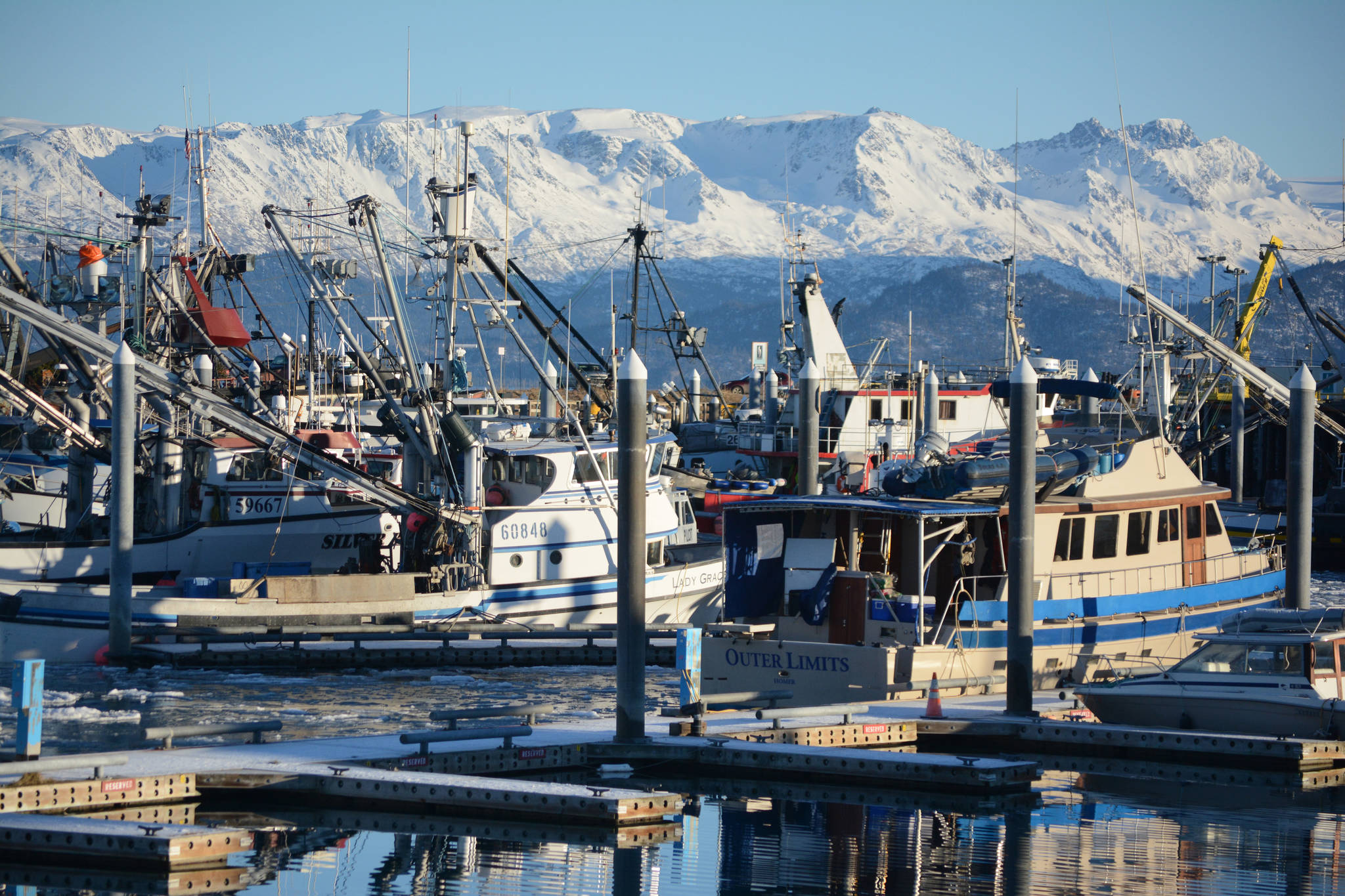Bristol Bay is expecting a phenomenal, historic run of sockeye salmon next year to the tune of 75 million fish returning to the area, exceeding the already record-breaking return of 63.2 million fish this year.
That could mean a harvest of as much as 60 million sockeye, far above the 2021 harvest of 40.4 million fish.
In the discussion of the forecast, the Alaska Department of Fish and Game said that forecasting future salmon returns is inherently difficult and uncertain.
“We have used similar methods since 2001 to produce the Bristol Bay sockeye salmon forecast, which have performed well when applied to Bristol Bay as a whole. Since 2001, our forecasts have, on average, under forecast the run by 12% and have ranged from 44% below the actual run in 2014 to 19% above the actual run in 2011,” according to the advisory announcement.
The 2021 inshore Bristol Bay sockeye salmon run of 66.1 million fish is the largest total run on record and was 60% above the 41.3 million average run for the last 20-year period (2001– 2020). Additionally, it was just the third time, on record, the Bristol Bay inshore sockeye salmon run has exceeded 60 million fish.
ADF&G area management biologist Tim Sands in Dillingham said that the forecast is not a reaction or correction from the past few years where runs have come in above the expected return.
“We didn’t change anything in the way we did the forecast,” Sands said. “It’s the same methodology, just a bigger forecast. We had a bigger run in 2021, and it’s kind of self-perpetuating. A bigger run means many of our indicators for the next year are also bigger, and so the models produce bigger numbers again.”
Sands said there were no observable problems with the processors being able to handle the influx of fish, possibly because the runs were staggered in their peaks.
Sands also said that they have not seen any issues with smolt needing to stay an extra year in fresh water to gain enough weight to successfully migrate out, which has been an issue in the Kenai River and other systems in Cook Inlet. Indeed, the opposite is happening, with fewer smolt in systems where they traditionally stay for two years staying the extra year.
Sands said that one theory about the healthy runs may have to do with warmer winters and fewer months of ice covered lakes.
“There are more days with lakes ice-free in the summer,” he said, “more days when the fish can actively feed and get a little bit bigger. By the time they get out in the marine environment, they’re better able to compete.”
Whether or not the expected run will cause problems for processors being able to handle the volume remains to be seen.
However, Mark Anderson, who runs the Silver Bay Seafoods plant in False Pass, said that so far the processors have risen to the challenge in the past several years, noting that no processors have put boats on catch limits for several years in spite of the record returns.
“Every year it’s like ‘can it get any bigger?’ and we’re talking about numbers that no one really imagined,” he said. “Obviously it presents a challenge for the processors. At the same time, this was a huge year, and yet the processors were able to deal with it.”
He added that even with this year’s record run, there was also a near-record price paid for the sockeyes and no one had a problem selling their fish.
“The industry has been able to handle some pretty big runs, and all of the plants have modernized their (facilities). They’ve all gotten way more efficient at this,” Anderson said. “There was a time not long ago when the numbers that we did this year would have seemed undo-able.”
Anderson said that this season some Bristol Bay salmon tenders were sent to processing plants in other parts of the state, including False Pass and Kodiak, to take care of the fish, which is not uncommon.
Next season, if the run returns as forecast, there will probably be more tenders running fish even farther afield since it’s not a pink salmon year, so places like Prince William Sound may have extra processing capacity.
Anderson added that between the new Silver Bay Seafoods plant in Bristol Bay, which can handle 2.5 million pounds per day, plus other plants modernizing and adding capacity, the processors appear to be well situated for the upcoming season.
Cristy Fry can be reached at realist468@gmail.com



